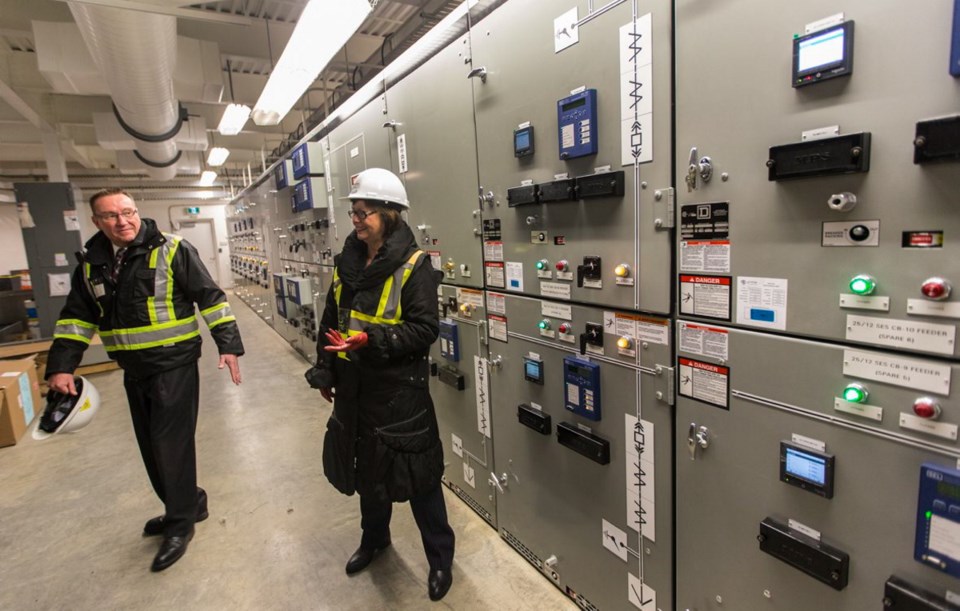The federal government is investing $100 million in it Esquimalt Graving Dock to make the federal facility more inviting to new customers.
The latest injection of funding adds to the $150 million already spent to remediate the seabed and modernize the graving dock.
“In the coming months, tenders for an additional $100 million will be announced for the construction of two new electrical substations and a reconstruction of the south jetty,” Public Services Minister Judy Foote said Monday. Another tender will be announced to replace the main electrical transmission line connecting the dock to the B.C. Hydro substation in Esquimalt.
The $250 million was allocated in the 2016 federal budget.
The minister said the improvements ensure that customers using the graving dock can count on reliable service delivered via state-of-the-art technology.
The facility is rented to the Royal Canadian Navy, Canadian Coast Guard, B.C. Ferries and the private sector. When cruise ships pull in for refits and repairs, each contract is worth $10 million to $12 million, said graving dock director Stafford Bingham.
Foote said the graving dock has an estimated economic impact of $200 million annually and supports about 1,300 well-paying jobs.
Discussions about potential new clients are confidential, but Foote did say that the graving dock is being marketed to potential new companies as a result of its upgrades.
“I can’t overestimate the importance of remediating the entire water lot from the contamination accumulated from almost 100 years of ship-repair work,” the minister said. That work alone cost $99.5 million of the initial $150-million investment.
A total of 180,000 cubic metres of contaminated material was dredged out the harbour and taken to designated sites in Highlands and in Princeton on the mainland. Materials contained such contaminants as heavy metals and polychlorinated biphenyls.
The amount of material removed from the harbour would fill up to 70 Olympic-sized swimming pools, according to a Public Works statement.
Andrew Mylly, Public Works’ senior project manager for the waterlot remediation, said in some areas clean sand and rock were placed on the seabed to bolster slopes and protect the seabed. “We constructed habitat to compensate for the temporary disruption during the work,” he said.
The final phase in the cleanup was completed three months ago.
Three of the four stages in the cleanup work, totalling $33.7 million, were completed by First Nations businesses.
Modernization work in the past four years created about 75 jobs, Public Works said.
Foote said: “We are well on our way to ensuring that this facility continues to be a strong engine of growth, creating opportunities for Canada’s middle class and those working hard to join it.”
It is hoped that the jetty tender will also attract First Nations businesses.
Recent work includes replacement of obsolete electrical equipment, including high- and low-voltage cables at the south substation. New electrical switchgear will be installed in the substation by July. Electrical cables and ducts on the north landing wharf were also replaced.
Another contract wrapping up next month replaces out-of-date electrical equipment, which was at risk of failing and therefore interrupting services in a new substation.
The three main pumps and motors controlling the level of water in the dry stock are being refurbished.
The dry dock works like a giant bathtub.
Vessels are floated in, gates are shut and water is removed so that crews can work on ships. Once the job is finished, the process is reversed as water is brought back into the facility.



